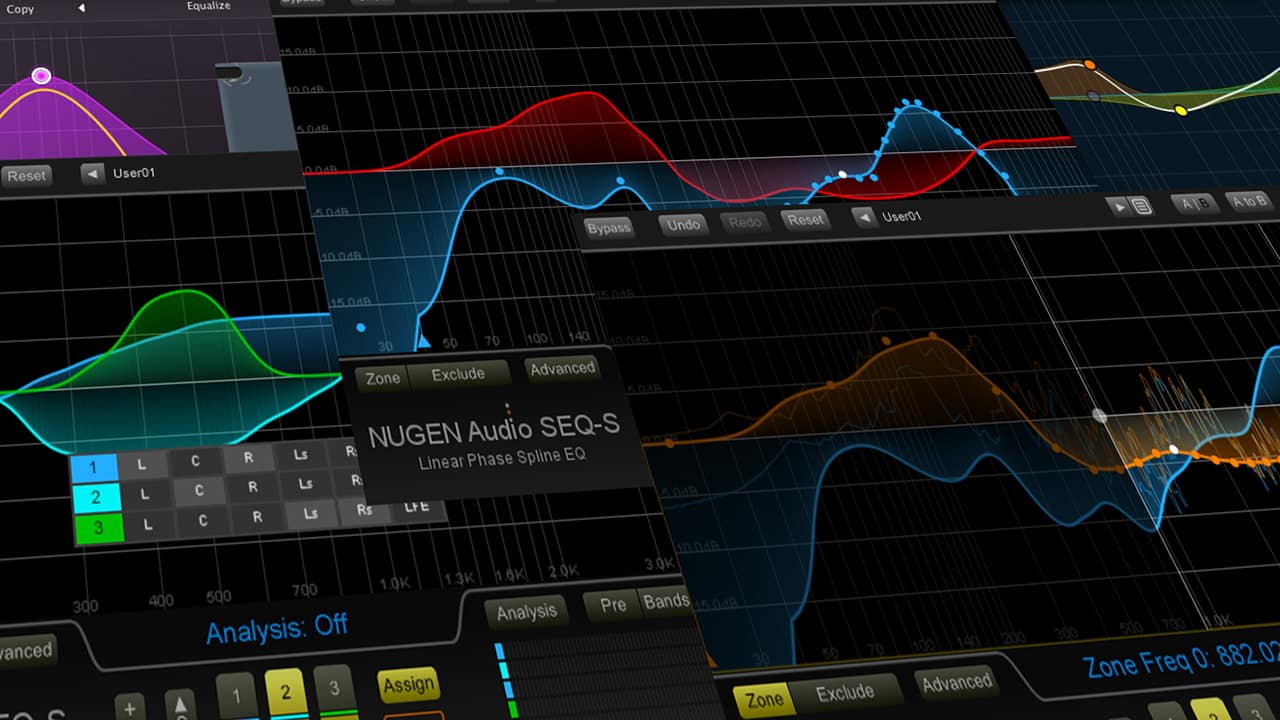

The shape of an EQ curve is entirely responsible for how much pre-ringing you'll get from a perfectly linear phase EQ. Once you understand what causes pre-ringing you should have the knowledge to apply linear phase EQ judiciously. It is possible to enjoy the transparency of linear phase EQ while avoiding pre-ringing. Typically, the longer the pre-ringing, the more noticeable it is. Linear phase EQ effectively halves the post-ringing and instead provides an equal and opposite amount of pre-ringing. The latency introduced in linear phase EQ is the result of the backwards in time portion of the EQ nullifying the phase.Īs a side note, all EQ suffers from post-ringing but our auditory senses don't notice it nearly as much. The application of an identical backwards in time EQ cancels out any phase changes. Technically speaking the only way to get perfect linear phase is to apply an EQ twice: once forwards in time and once backwards in time. It is most noticeably heard on transients. In the rest of this article we'll give you some crucial information about the relationship between EQ curves and pre-ringing so you can apply linear phase EQ like a seasoned pro. Some plugins attempt to suppress pre-ringing for you, but as a result you're not getting the curve (or phase) you think you are. This means pre-ringing can be controlled by changing the EQ curve.

The amount of pre-ringing is governed by the shape of the EQ curve (in fact there is a precise mathematical relationship between the EQ curve and the amount of pre-ringing for linear phase EQ).

The biggest drawback to linear phase EQ is pre-ringing which is highly undesirable in audio. Linear phase EQ can introduce noticeable latency which means it is not suitable for scenarios where latency is an issue such as live performances. Phase changes introduce coloration which is usually not a problem, but if phase coloration is unwelcome in your audio then linear phase EQ will provide the transparency you need. Linear phase EQ is perfectly transparent because, as the name implies, there are no differences in the phase of the audio across the frequency spectrum. In this article we'll take an in-depth look at linear phase EQ and provide some valuable tips on how to minimize pre-ringing. Linear phase EQ is the most transparent sounding type of equalization, however, it can create some very undesirable side effects, namely increased latency and pre-ringing.


 0 kommentar(er)
0 kommentar(er)
